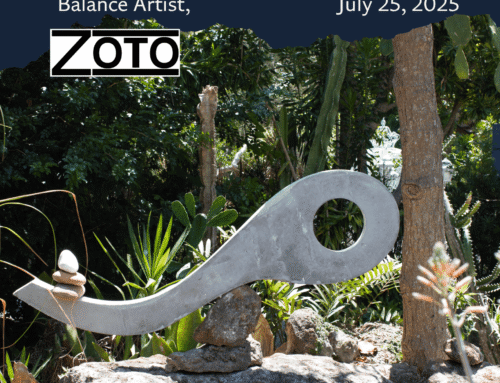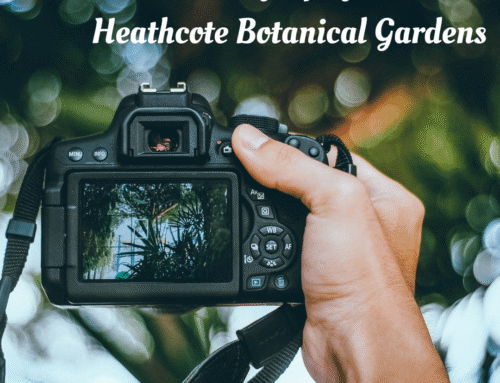What’s blooming in our rainforest today?
Heliconias, also popularly known as lobster-claw, wild plantain or false bird-of-paradise, are an unusual looking tropical plant with banana-like leaves and beautiful, long lasting [simple_tooltip content=’The complete flower head of a plant including stems, stalks, bracts, and flowers’]inflorescences[/simple_tooltip] composed of showy [simple_tooltip content=’a modified leaf or scale, typically small, with a flower or flower cluster in its axil. Bracts are sometimes larger and more brightly colored than the true flower’]bracts[/simple_tooltip] which contain the true flowers.
They are native primarily in the American tropics from the Tropic of Cancer in Central Mexico to the Tropic of Capricorn in South America, including the Caribbean to tropical South America, as well as the Pacific Ocean Islands west to Indonesia. There are between 100 and 200 species in the genus.
These plants are not necessarily a good choice for every yard. They will need an area where they can spread 3 feet or more. If you have the room, let them naturalize an area for a very unique and tropical look.
On average, Heliconia can grow to about 3 or 4 feet tall, though some varieties can get much larger. The “Lobster Claw,” with its unique claw-like flowers, can grow 6 feet tall, and other types as much as 15 feet.
Heliconia is named after Mount Helicon, the seat of the [simple_tooltip content=’The Nine Muses in Greek mythology have been an inspiration to artists since antiquity. They are (in alphabetical order): Calliope, Clio, Erato, Euterpe, Melpomene, Polyhymnia, Terpsichore, Thalia, and Urania. They are the daughters of Zeus, the Greek father of all gods, and Mnemosyne.’]Muses[/simple_tooltip], the nine goddesses of the arts and sciences in Greek mythology.
Come visit our rainforest to see the heliconia in person.





